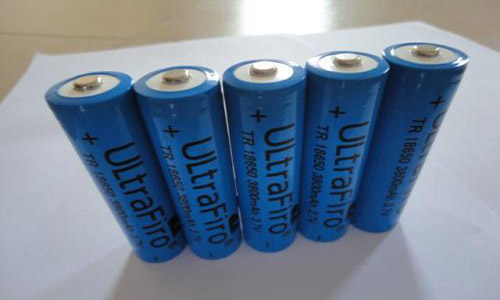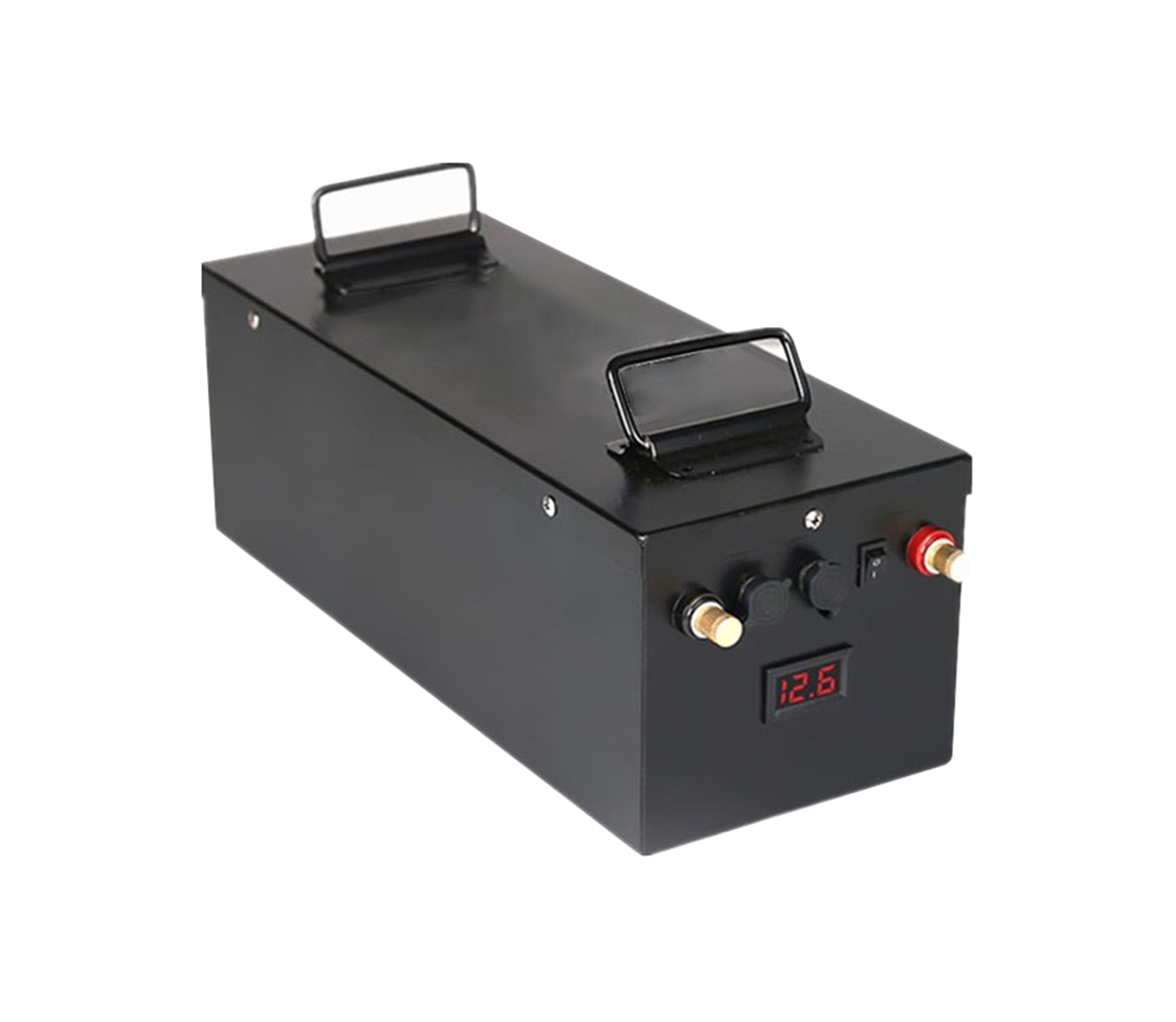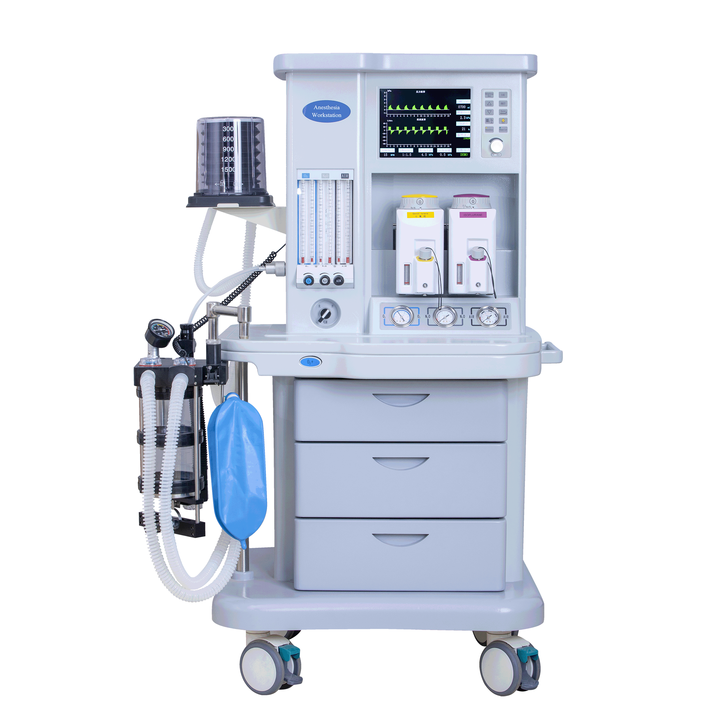
The world’s third 100-ton graphene production line will be put into
production in our province at the end of May, which may trigger a revolution in
the field of electric vehicles.
Perhaps one day, you will fold your touch-screen tablet in three folds into
your pocket; fully charge your phone in a few seconds, and don’t need to
recharge it in the first half of a month; take an ultralight plane, drive a
light car, or even board a human The dream of tens of thousands of miles of
space elevator...
All these wonderful dreams are derived from a special
material-graphene.
"Graphene is a kind of nanomaterials made of graphite. It is the lightest,
thinnest, and toughest material known in the world so far. It has high
electrical conductivity, high strength, high thermal conductivity, high specific
surface area, etc. Characteristics." On April 2, Meng Ying, president of
Tangshan Jianhua Industrial Group, who has been paying attention to the
development of graphene, said that this extraordinary new material will bring
revolutionary changes in many fields such as electric vehicles and electronic
information. A trillion-level industry.
"We are the first to develop a new preparation method for graphene, which
is suitable for low-cost mass production." Since the end of last year, Jianhua
Industry has put into production the first graphene production line with an
annual output of 500,000 grams in our province. The 100-ton production line is
being intensively assembled and will be officially put into production at the
end of May. Regarding this anticipated new breakthrough in graphene mass
production technology, Meng Ying felt that it would bring huge space for the
development of new industrialization.
5 hours to 30 minutes of subversion
Break the bottleneck of lithium battery charging and set off a revolution
in the field of electric vehicles
It takes only 5 hours to charge and can travel 500 kilometers. At the
beginning of this year, the listing of Truss in China can be described as a
"fire in winter", setting off a revolution in the field of electric
vehicles.
Although battery technology has taken a big step forward, there is still
the embarrassment of running for a while and needing to stop and charge for 5
hours. Long charging time is still an insurmountable gap for lithium batteries.
The electric vehicle, which is regarded as the future development direction of
the automobile, has been stagnating on the road of promotion for many years
because it cannot solve this bottleneck problem.
"This door will be opened by graphene." Like many industry experts, Meng
Ying is very optimistic about the application of graphene in the energy field.
The company's scientific research team is conducting research and development on
graphene-based supercapacitors and batteries. Once the graphene battery comes
out, it is expected to increase the battery capacity by 1.5 times and shorten
the charging time to tens of minutes. Using graphene-based supercapacitors to
replace batteries, the shortest charge and discharge time can even reach a few
seconds.
"This also means that charging electric vehicles will take less time than
refueling in the future, which will bring a disruptive revolution in the field
of electric vehicles." Meng Ying said that they are currently laying out
graphene-based capacitor battery production lines and are expected to It was
officially put into production at the end of December this year.
In the production base of Tangshan Jianhua Industrial Group, the reporter
experienced the "magic" of graphene-although it is derived from the same source
as graphite, it is far from the pencil lead we usually see. Graphene microchips
are more like cotton. The black floc is as thin as a cicada's wings and light as
a feather. Only 180 grams can fill a white plastic bucket with a capacity of 50
liters.
Meng Ying explained that the reason why graphene batteries have fast
charging and discharging speeds and large energy storage is that they take
advantage of the high specific surface area and high conductivity of graphene
materials. The conductivity of graphene materials is 10 to 100 times that of
copper. If the traditional lithium battery is charged and discharged quickly, it
will inevitably lead to an increase in current, and excessive current will cause
the battery to heat up and shorten its service life, or even cause an explosion.
Using graphene's characteristics to add it to the positive and negative
materials of lithium batteries is expected to solve this drawback.
Meng Ying explained that the working process of a lithium battery is the
process of lithium ions swinging back and forth from the positive electrode to
the negative electrode. Adding graphene to the positive electrode material can
improve the conductivity of the positive electrode material, increase the
discharge rate of the battery, and accelerate the charge and discharge speed of
the battery. Adding graphene to the negative electrode material can increase the
capacity of accommodating lithium ions and increase the storage capacity.
"The sensation of graphene is because it has created many records. A series
of mysterious specialities of graphene make people full of fantasy about its
application." Meng Ying described it as the thinnest and strongest material in
the world. It is only 0.34 nanometers thick, and the thickness of two hundred
thousand layers of graphene is approximately equal to the diameter of a human
hair. It is harder than diamond and 100 times stronger than the best steel in
the world. The material is almost completely transparent, with a light
transmittance of over 97%, and is expected to be used to manufacture a new
generation of high-performance electronic devices.
At present, the company's team of nearly forty people is committed to the
development and application of the downstream industry chain of graphene, and
there are more than a dozen products developed at the same time. According to
reports, graphene has extremely broad application potential in the fields of
electronics, aerospace, military, new energy, new materials, etc.: With the
excellent electrical properties of graphene, it will be the most potential new
material to replace silicon to make ultra-micro transistors. In the future, the
operating speed of computers is expected to increase by 10 to 100 times; its
light and tough characteristics make it the first choice for making ultra-light
body armor and ultra-light aircraft materials; using nanotechnology, graphene
can also be made into a DNA sensor. It is used to detect the rotation and
position structure of the DNA chain, opening up a new path for genome sequencing
technology; graphene can also be made into antibacterial materials, which can
sterilize without damaging cells. 1g to 500 tons of breakthrough graphene
flakes are exfoliated from graphite flakes, defeating the obstacles of
industrialization
In early March of this year, he went to Guangdong for the first time to
discuss cooperation with a battery company. With only a barrel of 180 grams of
graphene microchip samples, Meng Ying knocked on the door of cooperation without
any effort. Seeing this barrel of samples, the person in charge in Guangdong was
"stunned" at that time and asked for cooperation without waiting for Meng Ying's
introduction.
"Compared with the laboratory using 1 gram as the unit of measurement, this
barrel of samples is undoubtedly an astronomical number, and the ability to
produce on a large scale is the most important factor for the cooperation
between the two parties." Meng Ying believes that "high-quality, low-cost mass
production Process is the key to the industrialization and application of
graphene."
At present, the annual output of graphene of Jianhua Industrial Group has
reached 500,000 grams, and the graphene production line with an annual output of
100 tons will also be put into operation at the end of May. Various properties
are among the best in the industry. At the same time, the company's second-phase
production line with an annual output of 500 tons has completed the production
process design and is planning to start construction in Caofeidian before the
end of the year.
So, how can graphite become graphene? "Due to the weak force between layers
of graphite flakes, most of our common graphene is exfoliated from graphite
flakes." Meng Ying said, using tape to stick it out. The graphene method is
obviously not suitable for industrial production. At present, the industry
mainly has graphene batch preparation technologies such as chemical vapor
deposition, oxidation-reduction, and pyrolysis of silicon carbide, but only a
few companies in the world can carry out industrial production.
Since he knew about graphene in 2009, Meng Ying has been trying to find out
the reason why the existing preparation technology cannot produce energy. After
several years of research, his team has pioneered a unique approach based on the
oxidation-reduction method, reformed the existing preparation technology, and
designed production processes and equipment with independent intellectual
property rights to make large-scale production a reality. He used a stack of A4
paper as an analogy and introduced: "The graphite block has a layered structure
like this stack of paper. After the previous processing method, the distance
between the paper and the paper can be enlarged, but each piece of paper It will
also be close to the upper and lower layers of paper, and it is difficult to
peel off from a stack of paper. In this way, some sheets are next to each other,
and some dozens of sheets are next to each other, and the probability of forming
microchips with less than 5 layers is very small. "
found the root cause, the problem was solved. "The key is to spread each
piece of paper evenly from the stack of paper." Meng Yingda, for example, said
that if it was cut with a knife, the new process is more like putting
"explosives" between each piece of paper. "All the "explosives" will work
together at the same time, so that a stack of paper will be evenly exploded into
scattered pieces of paper.
"If the exploded pieces of paper are too close together, they will reunite
again, so that all previous efforts will be lost." Meng Ying said that this
problem can be solved by chemical and physical methods, so that every small
piece of paper loses reunion. Performance, become independent individuals, even
if they are close to each other, they cannot be reunited again.
In this regard, Meng Ying has a deep feeling: "It sounds like the truth is
simple. In order to achieve a breakthrough in output from 1 gram to 500 tons,
our preparation process has been updated for eight generations in five years. We
want to achieve better stratification. As a result, the selection of materials
and equipment shaping involved in each step of the process will be tested
hundreds of times like Shennong’s taste of Baicao.” The reduction of 800 yuan to
25 yuan from the price of gold to the price of cabbage still retains the quality
of gold.
"What we have to do is to work hard to reduce the price of graphene from
the price of gold to the price of cabbage, but still retain the quality of
gold." Meng Ying said that only by reducing production costs can graphene be
more widely used in various fields, otherwise Graphene will not be able to
achieve industrial applications. "For example, graphene batteries are indeed
very effective, but if the price is dozens of times that of lithium batteries,
who will choose to buy even if the performance is excellent?"
"After the completion of the production line with an annual output of 100
tons at the end of May, the cost of graphene microchips we produce will be
reduced to 25 yuan per gram, which is far lower than the market price of 800
yuan per gram." Meng Ying believes that the cost will be greatly reduced. It
will give graphene a cost advantage to participate in market competition.
How can the cost of graphene be reduced? "Cost reduction is mainly achieved
through technological improvement." Meng Ying said that if you want to achieve
an annual output of hundreds of tons, you can achieve it with only one
production line. With tens of thousands of units, billions of dollars will be
invested in this item alone, not to mention expenses such as equipment
depreciation and personnel salaries. In addition, the raw materials of several
hundred dollars are used to replace tens of thousands of dollars, and the
selection of raw materials also plays an important role in reducing costs.
He took the 18650 battery used in Tesla's electric car as an example and
said that at 25 yuan per gram of graphene, each battery needs about 1.2 grams of
graphene, and the cost is 30 yuan, which is not too different from the price of
ordinary lithium batteries. Big. However, the lifespan of graphene batteries is
10,000 times, which is 10 times that of traditional batteries. Only 10
traditional batteries can offset the life of one graphene battery. According to
this calculation, the price of graphene batteries is lower.
"The 25 yuan is far from reaching the cost limit. With the increase in the
depth of research and development and the improvement of the preparation
process, the cost will become lower and lower. Our goal is a few yuan per gram
or even lower." Meng Ying is sober about this. The understanding that the lower
the price of graphene, the greater the demand, and the increase in demand will
also promote the expansion of the scale of the industry, which is a virtuous
circle.
"While reducing costs, we must also ensure the quality of graphene, so that
graphene materials will be more valuable." Meng Ying explained that the specific
surface area is an important criterion for evaluating the quality of graphene
products. Larger, the higher the single-layer rate, the better the quality.
The instability of graphene quality will also affect the stability of
downstream industry chain products. For example, Meng Ying said, “For example,
the specific surface area of different batches of graphene is quite different.
If graphene batteries are made, some of the capacity is 1.1 times that of
ordinary lithium batteries, some are 1.3 times, and some are even more. Time
will affect the performance of electric vehicles."
"The specific surface area of the graphene primary product produced
through our technology is stable at about 550 square meters per gram, and the
pilot test result can reach about 1,000 square meters at the highest point."
According to Meng Ying, by controlling the quality of raw materials and the
production process, the The number of graphene layers produced by the company
has remained stable below 5 layers.



































